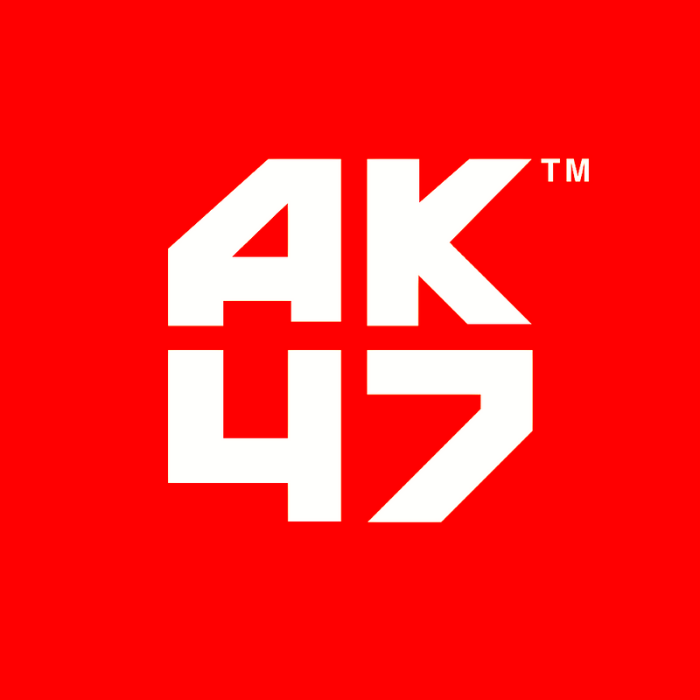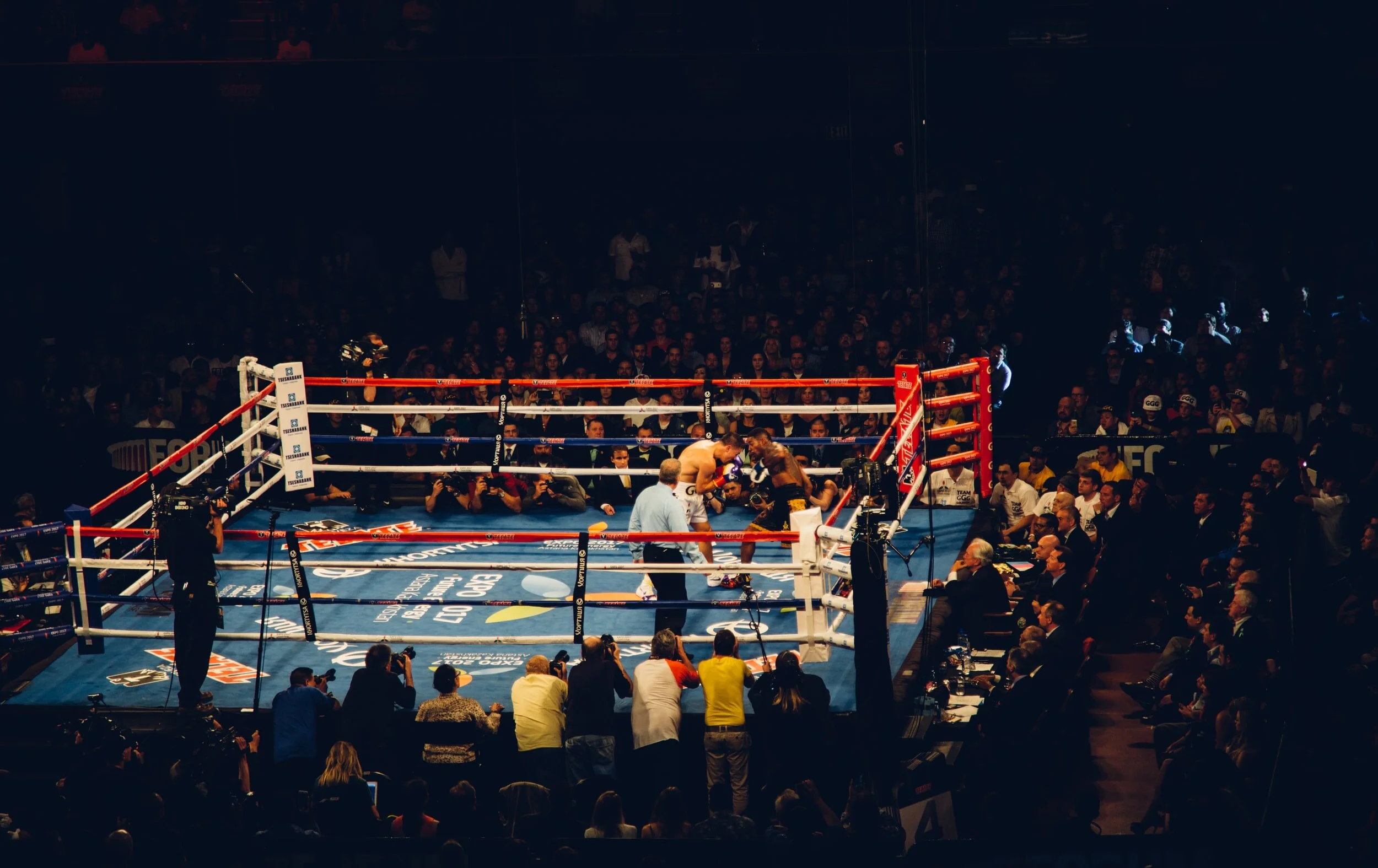Boxing 🥊 All The Way To The Top
Floyd Mayweather danced around Logan Paul for eight rounds without inflicting any real damage 💥.
The fight 🤜 between one of the greatest boxers in history and one of the best YouTube personalities in his family ended in predictable fashion on the night of June 6th.
The 44-year-old Mayweather retired from professional boxing with a perfect 50 wins 🏆 from 50 fights but came back to the ring for an eight-round “special exhibition” against Paul. Logan Paul has found fame 🌟 as a YouTube personality with 66 million social media followers 👥. Mayweather beat the likes of Manny Pacquiao, Canelo Álvarez, and Ricky Hatton in a Hall of Fame boxing career.
Boxing is a popular sport.
Thousands and thousands of spectators travel ✈️ around the world each and every year to watch some of the biggest fights. Boxing is a very intense sport.
There is a very good chance that your adrenaline is going to be pumping when you watch a good boxing match. You will feel nervous 😟, and you will probably sway back and forth alongside the boxer. There are some bad fights, but even some of those can be a thrill ride 🎢.
Boxing is really one of the most intense sports out there when it is at its best. This is definitely one of the main reasons that boxing is very popular ⭐️ and why it will remain popular for many years to come.
Here are 5 🖐 lessons boxing can teach marketers about business:
1️⃣ Start with a clear and inspirational goal
Avoid the mistake of starting a brand strategy process without a clearly defined brand and business goal 🥅. You can start projects with a ‘Destination Session’ to help the team set a business ambition that inspires and guides the process, keeps them on track, and ensures the outputs are rooted in the real world 🌎. This type of goal can help you be more focused and motivated.
2️⃣ The fight is won in the gym
Avoid the mistake of a poorly planned and prepared ‘brainstorm 🧠’, which is unlikely to help create a winning brand idea, be it positioning or innovation. Rather, you must first work and sweat 💦 in your gym, in this case a brandgym. This means identifying the opportunity, namely who is the target, what needstate, on which occasion, what is the source of business gains, and fresh and relevant insight ‘fuel ⛽️’. Then, be ready to experiment and learn many times through sequential iteration until you are ready to launch.
3️⃣ Focus on your strengths
You have more chances of improving your performance, mentally and physically, by focusing on improving your strengths 💪, rather than getting bogged down trying to address your weaknesses. Identify 🔍 your strengths and work to make them even stronger while trying to keep your weaknesses into an acceptable level. For example, McDonald’s focused on taste and fun, whilst also working to ‘neutralise’ a weakness on health.
4️⃣ Overcommit
“If you want to climb a mid-sized mountain 🏔, train as if you were to climb the highest one”. When designing ✍️ the customer experience for your brand, what are the ‘moments of truth’ when you will really over-commit and delight the customer in a distinctive way. These distinctive brand properties are called ‘service signatures’.
5️⃣ Plan for success, but be ready to respond too
Part of effective planning 🤔 is thinking of different scenarios and potential competitors' answers. However, perhaps even more important today is the need to be responsive and agile, especially for big brands. This means finding ways of speeding 💨 up innovation processes to respond quicker to insurgent threats.
With these lessons, your business will be one step closer to reaching the top. Talk to us to find out more 🤩😎.
References:
Creatitive. 2020, June 27.
Lutz, T. 2021, June 7. Logan Paul v Floyd Mayweather ends in boos as each fighter makes millions. The Guardian.
The Marketing Society








